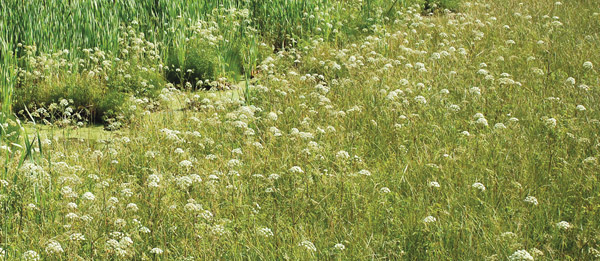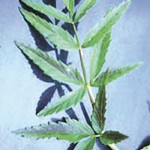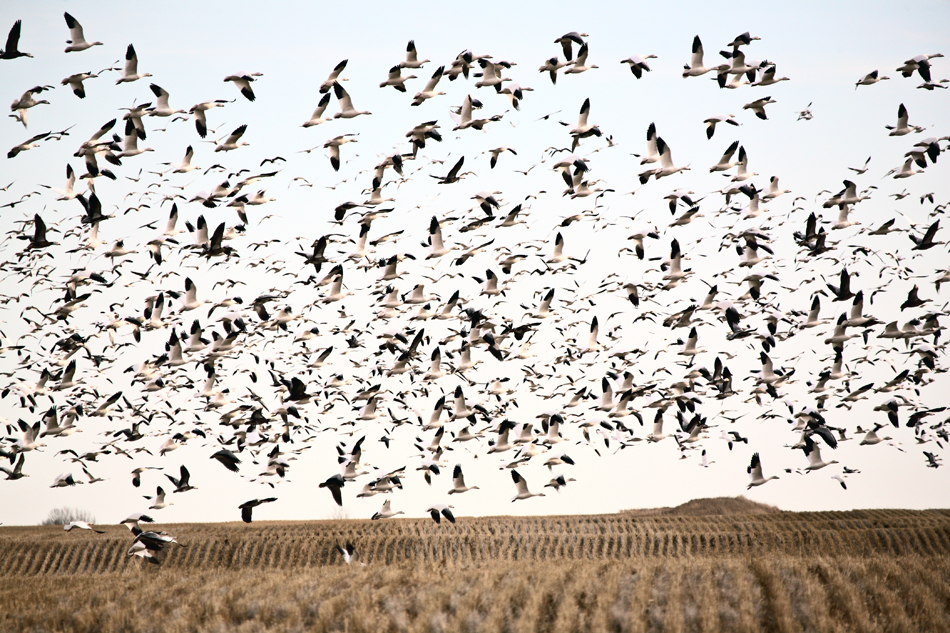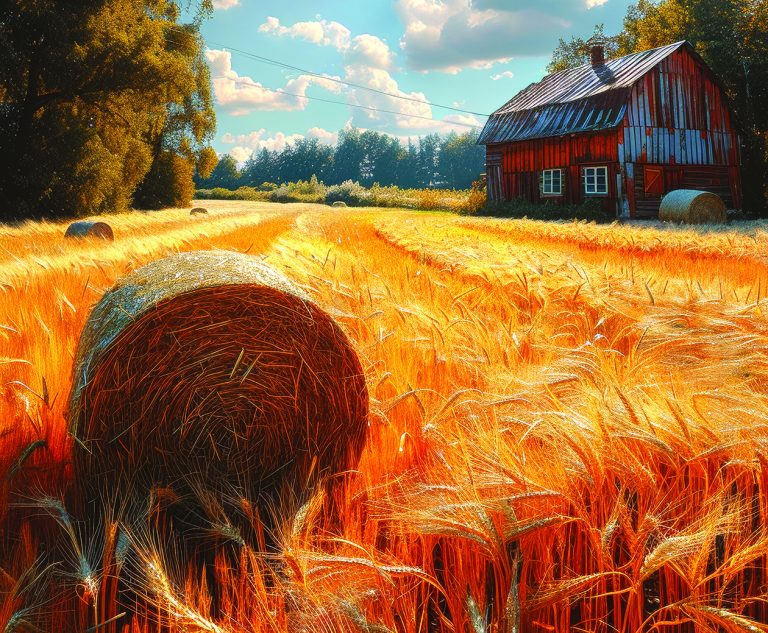Local producers and pet owners should be aware of toxic plant

2013’s wet spring replenished many local sloughs, but has also allowed an unwelcome visitor to flourish, Western Water Hemlock.
Water Hemlock is a highly toxic plant that thrives in wetter soil conditions, and is often found around dugouts, streams, and other water sources, including sloughs.
One root bulb from this deadly plant can kill a mature cow very quickly.
In many cases, death comes so quickly, agrologists say that it’s not a matter of giving sick animals treatment, but producers must look instead to prevention.
Because the plant is rooted in water, it can easily be pulled out in its entirety by cattle, and that is how they gain access to the toxic roots.
The plants do not just pose a threat to animals, however, but are toxic to humans as well.

Experts strongly recommend wearing gloves and protective eyewear when removing these plants.
To give an idea of how deadly this plant can be, agronomists who deal with the weed say that livestock can die within 15 minutes of ingesting the root.
Most poisonings are reported as sudden deaths around water sources, and even if the animal is still alive, no specific antidote (animal or human) exists for this toxin.
READ MORE IN THE JULY 23 EDITION OF THE COMMUNITY PRESS. ON NEWSSTANDS NOW, AND AVAILABLE 24/7 VIA ONLINE SUBSCRIPTION.
Leslie Cholowsky, Editor







